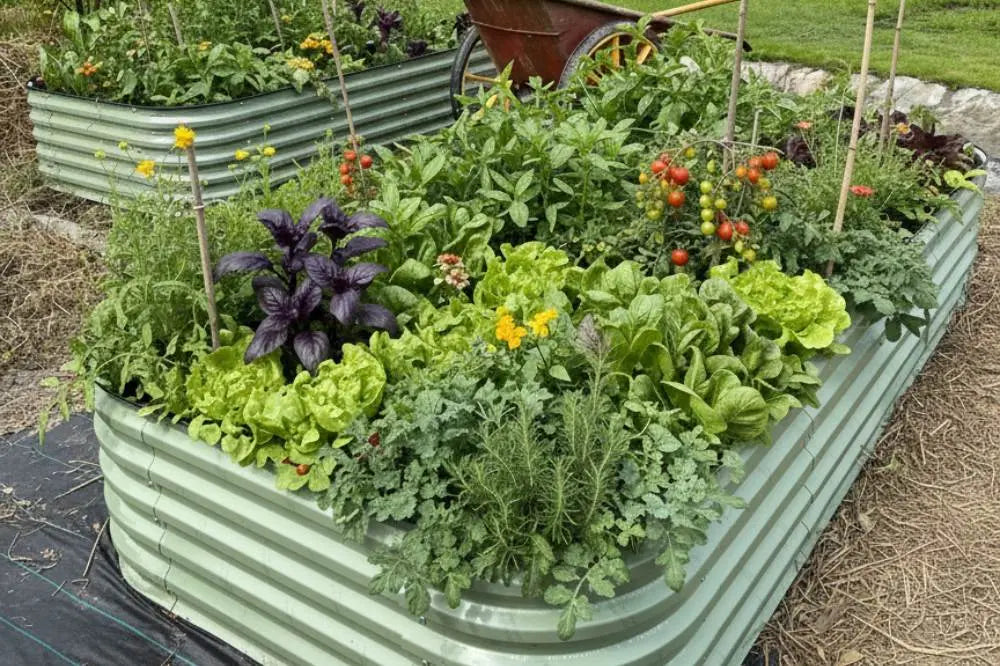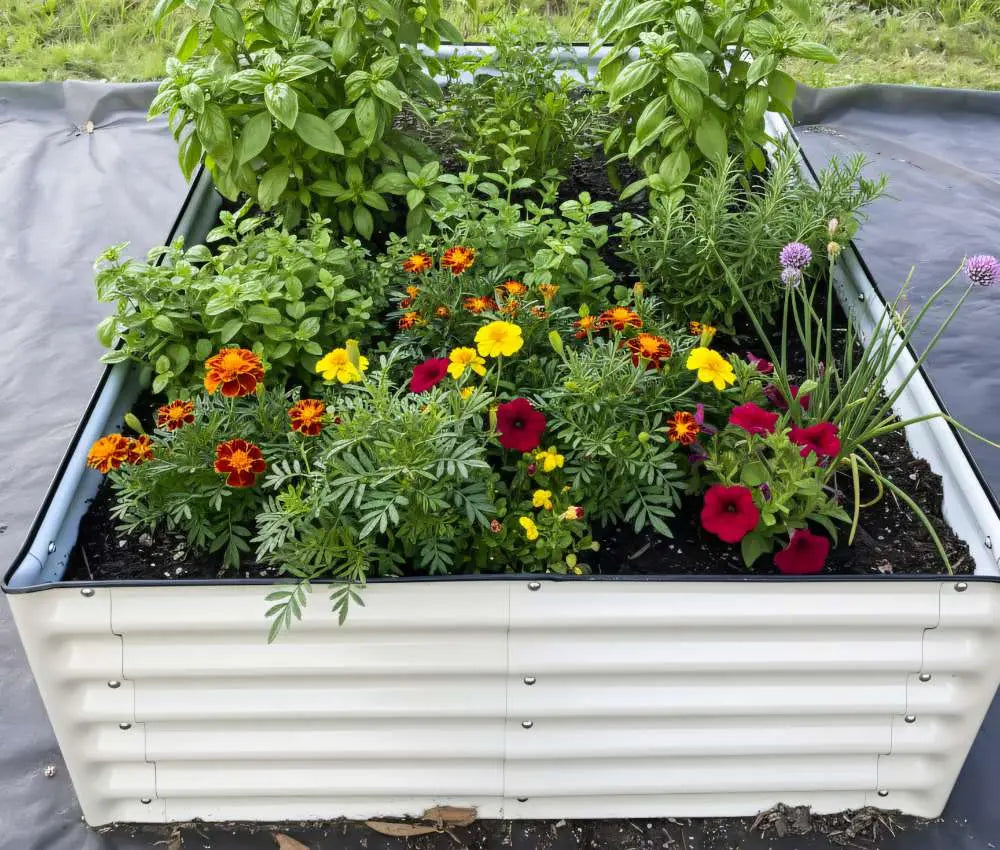My garden is full of clay! What should I do?
By Louis Nguyen
Author bio: Louis Nguyen is an article writer. After a long time with the COVID-19 epidemic, he spent time researching and setting up his small garden.
You really love gardening and are ready for it. But, you discover that the soil in your garden is mostly clay. You feel nervous and a little down. Even the most professional gardeners find it really difficult. But, that does not mean that clay cannot be used for gardening. The good news is that clay still has its own benefits. They help to keep moisture and can contain more nutrients than other soils in the raised beds. So how do you improve the clay in the garden simply to prepare for the coming spring?

All you need to know about clay
Clay will make your gardening process more difficult. Because it holds water too well and will cause your plants to become waterlogged and die in the rainy season. And in the summer, the soil will dry out and crack, making it impossible for the plant to absorb nutrients and water to feed itself. Besides, the texture of the clay is very tightly connected, which will cause the tree to be severely deprived of oxygen and unable to sustain life.
And even for you, gardening in the rainy season will be a horrible experience because of the mud all over your body. Even the most passionate gardeners should give in.
But is clay really all that
Clay still has advantages that other types of soil do not have. Their weakness is also their strength. Good water-holding capacity will help clay soil keep nutrients better than other types of soil. Your job is to add substances that will aid the plant's growth season after season.
To help the clay improvement process go smoothly, you should take the soil for testing. to find out the clay content in your soil along with other ingredients. Because it doesn't mean that the soil will be 100% clay, it can be combined with other ingredients such as sand or silt.
What plants can grow well on clay?
People often think that it is impossible to grow any plants when the garden is full of clay. But, there are still plants that can grow well in clay. Typically as:
- Oak, willow, poplar, alder, and other trees
- Perennial plants such as geraniums, dahlias, or salvia
- Shrubs such as chokeberry, grapes, dogwoods,...
- Vegetables like broccoli, Brussels sprouts, cabbage, cauliflower, pumpkin, onions, and leeks.
These are plants with strong roots that can penetrate the clay layer and absorb many of the nutrients contained in the clay. Your job is to add dry leaf mulch. To create growing conditions for young plants and to pay special attention to watering during the dry season so that the plants do not die.
If you want to grow other vegetables to supplement your daily food source. It is possible to prepare the greenhouse area and raised garden bed with a better source of new soil. The greenhouse area also helps you control the effects of the weather on your garden.
How to improve clay for the garden
If you don't like being limited to plants that are suitable for clay or want to completely renovate to make gardening simpler. Then think about renovating the garden.
Conducting a clay garden renovation requires patience. The soil won't be repaired in just a few days or months; it will take years. But, during the renovation process, you can still intercrop the plants in the list above.
What you need to do to repair clay is create more favorable conditions for plants to grow. Two main contents include enhancing ventilation and air in the soil and improving water drainage.
As you know, the texture of the clay is very tight, so the plant cannot breathe well. The simplest reclamation method is to add coarse organic matter, such as dried leaves, roots, straws, and mulch. These substances will create favorable conditions for microorganisms capable of ventilation to exist.
It is raw organic matter, along with manure. That creates favorable conditions for beneficial microorganisms to grow. They can help convert excess water storage and drainage capacity properly. You do not need to aerate to break the compaction of the soil.
Besides the addition of raw organic manure and manure. You should also use more mulch with legumes and herbs to cover, protect, and support the faster soil improvement process.
Besides, you can create drainage ditches or form sloping terrain for your garden. so that the water does not stagnate much when it rains, affecting the growth of the plants in the garden.
This work will need to be done regularly to give your garden the best conditions for growth and time for the soil to gradually repair itself.
This a pretty important note that many people often make. It is trying to dig up the soil to improve it. But, this damages the existing soil structure and also leaves you vulnerable to problems later on. Because there are still many other structures in the soil, tilling affects their ability to survive. You are turning the advantages of clay into nothing.


